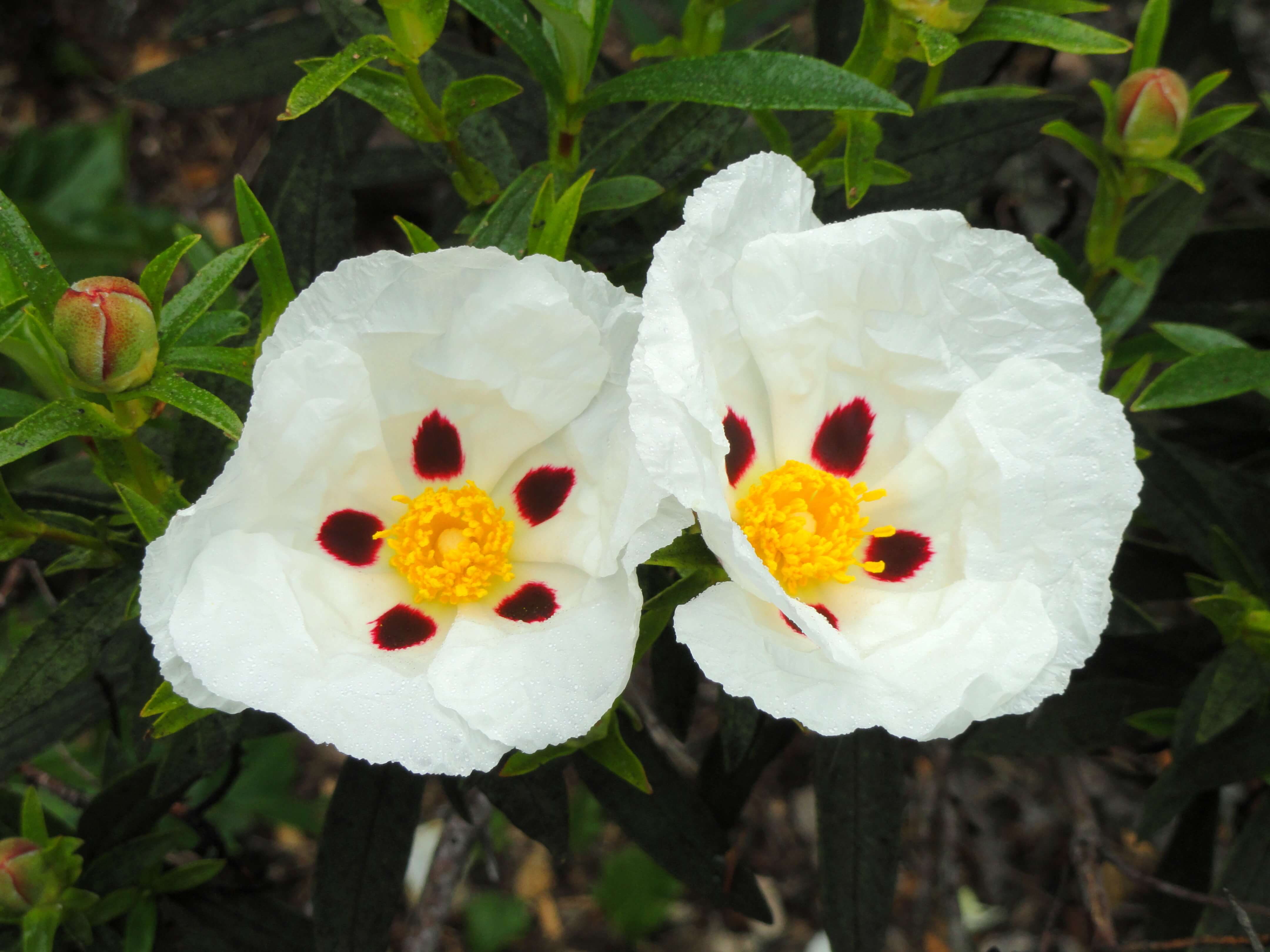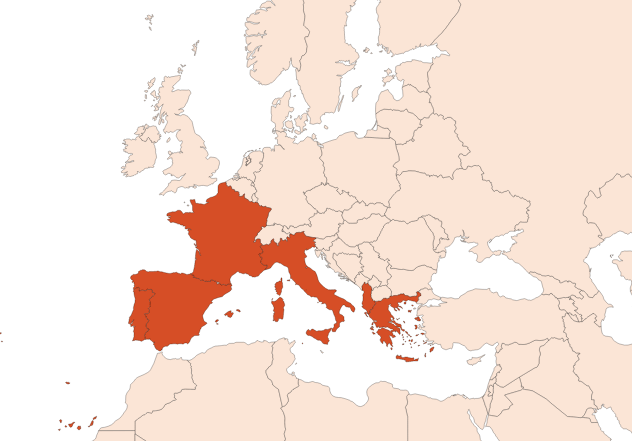
| Company | Ingredient Name | ID | Comments | Naturality | Certifications | Purity | Latin name | Treated part | Geographical origin | MOQ |
|---|---|---|---|---|---|---|---|---|---|---|
|
|
Hydrocarborésine - 30gr | - |
Visit website
|
- | - | - | - | - | - | |
|
|
HYDROCARBORESINE | F1506 |
Visit website
|
Extrait | - | Cistus ladaniferus L. | Feuille, Rameau | Espagne | - |
General Presentation
-
CAS N° : 8016-26-0
-
EINECS number : 289-711-7
-
FEMA number : 2608
-
Appearance : Yellow to orange liquid
-
Density :
-
Volatility : Heart/Base
-
Price Range : €€€€
Physico-chemical properties
-
Optical rotation : Donnée indisponible
-
Vapor pressure : Donnée indisponible
-
Refractive Index @20°C : Donnée indisponible
-
Acid Value :
-
Flash Point :
Uses
Uses in perfumery :
Hydrocarboresin is used to bring a leather facet to cistus notes in oriental perfumes for example.
Major Components :
Data not available.

Photo credits: ScenTree SAS
Botanical name :
Cistus ladanifer L.
Synonyms : Cistus ladaniferus L. // Cistus ladanifer f. immaculatus Dans.
Botanical profile :
The cistus belongs to the Cistaceae family and to the genus Cistus. This includes three subspecies.
Chemotypes :
The genus Cistus includes about 20 different species, the majority of which exudes fragrant gum.
Among these, the most used are:
Cistus ladaniferus var. albiflorus, var. maculatos, var. stenoiphyllus, which produce the resin used in perfumes.
Cistus creticus, with rose to purple petals, surronding a tuft of stamens.
Cistus salvifolius, with white petals.
Cistus parviflorus, with pale rose petals.
Extraction process :
In April, Cistus ladaniferus fields are covered with the famous white flowers, but they don't smell and are very delicate (they only last a few days). It is necessary to wait a few months, around May-June, for a new shoot to appear. This new branch protects itself from the sun - and from the summer heat of southern Spain - by secreting a very fragrant viscous gum. We use the latter in perfumery.
In July, from dawn to noon, new branches are cut with a sickle, bundled and taken to the factory to extract the gum. It will then be necessary to wait another 3 years to harvest the cistus again.
Other comments :
Cistus is a shrub about two meters high, with pink, red or white flowers depending on the variety.
Cistus harvesting on an industrial scale was first done in the region of Salamanca, and was then exported to the South of Spain, along Portugal, to Andalusia, vers the greatest cultures in Europe can be found.
Other beses are obtained from Cistus Labdanum as Ambrarome Absolute, by esterification. Dynamone and Hydrocarboresin also exist.
Stability :
Terpenes found in this extract may polymerize under the effect of oxydation.
Regulations & IFRA
Allergens :
This ingredient does not contain any allergen.
IFRA 51th :
This ingredient is not restricted for the 51th amendment

